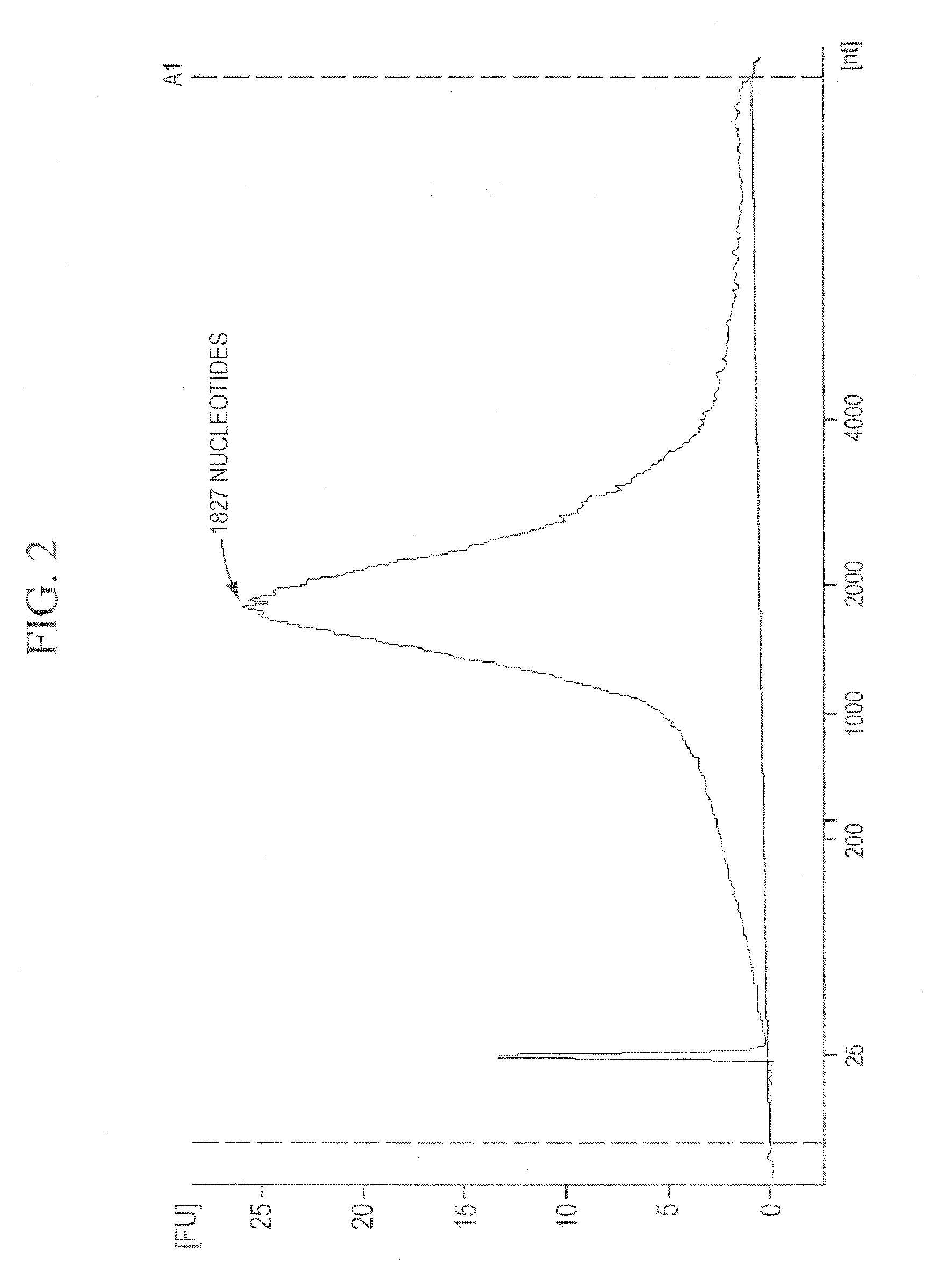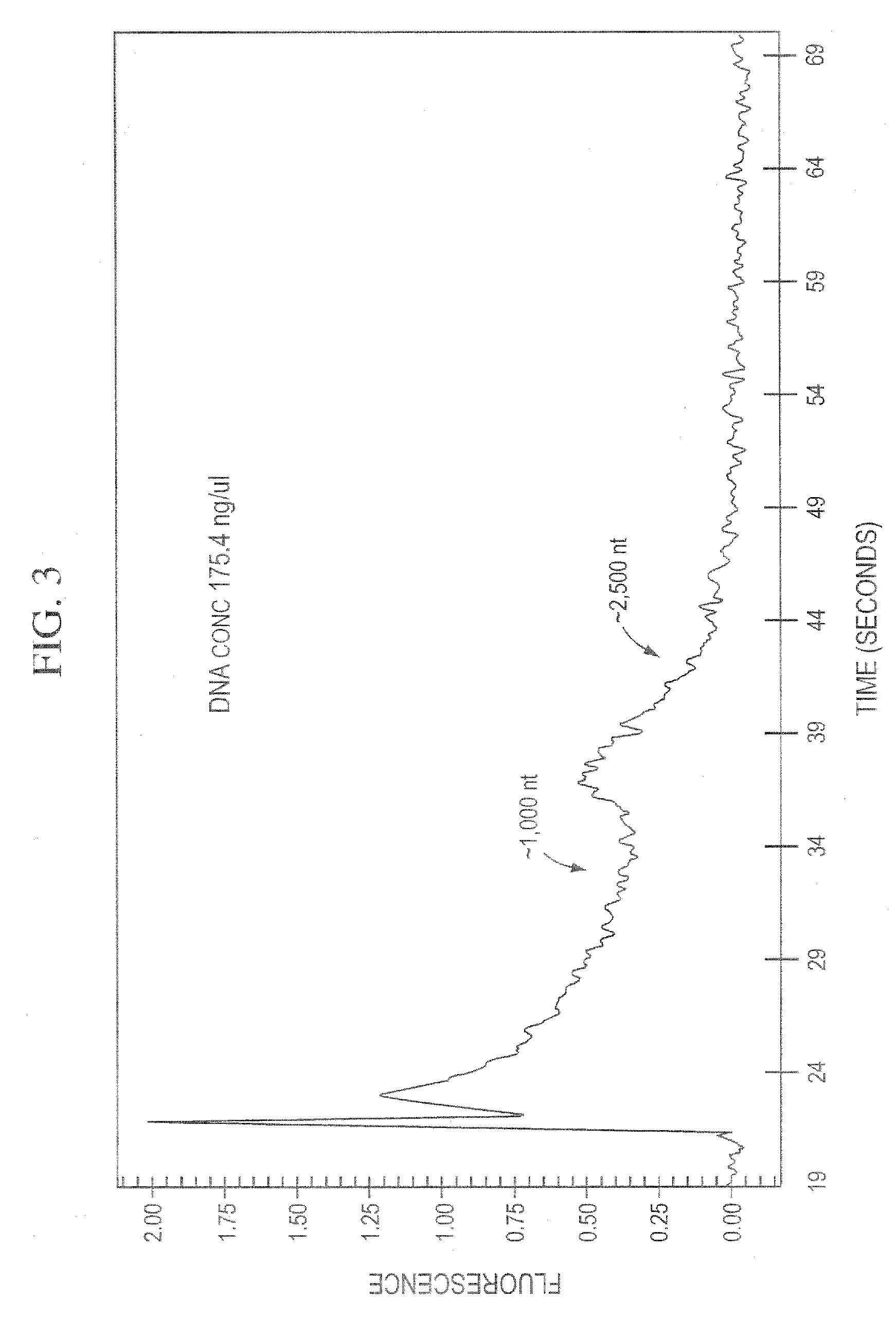Methods and kits for sequentially isolating RNA and genomic DNA from cells
a technology of rna and genomic dna, applied in the field of methods, reagents and kits for obtaining rna and dna sequentially from vertebrate cells, can solve the problem of limited opportunity to obtain dna and rna from the same sampl
- Summary
- Abstract
- Description
- Claims
- Application Information
AI Technical Summary
Problems solved by technology
Method used
Image
Examples
examples
[0036]According to some disclosed methods, anticoagulated whole blood was initially processed to capture the WBCs on a leukocyte depletion filter (LDF; an exemplary capture surface) and a nucleic acid stabilizing agent was passed through the LDF to stabilize the RNA in the retained cells. Blood was drawn from a human donor into evacuated blood collection tubes, according to standard phlebotomy procedures. Typically the blood collection tubes contain an anticoagulant, for example but not limited to, potassium EDTA, sodium EDTA, heparin, or sodium citrate. At least a portion of the anti-coagulated whole blood was passed through the LDF to eliminate the red blood cells and blood plasma, and retain the nucleated cells in the blood sample, that contain RNA and DNA, including but not limited to leukocytes and in some instances, circulating epithelial cells. An exemplary assembly for expediting certain steps of some disclosed methods is depicted schematically in FIG. 1 for reference. Refer...
PUM
| Property | Measurement | Unit |
|---|---|---|
| concentration | aaaaa | aaaaa |
| pH | aaaaa | aaaaa |
| volume | aaaaa | aaaaa |
Abstract
Description
Claims
Application Information
 Login to View More
Login to View More - R&D
- Intellectual Property
- Life Sciences
- Materials
- Tech Scout
- Unparalleled Data Quality
- Higher Quality Content
- 60% Fewer Hallucinations
Browse by: Latest US Patents, China's latest patents, Technical Efficacy Thesaurus, Application Domain, Technology Topic, Popular Technical Reports.
© 2025 PatSnap. All rights reserved.Legal|Privacy policy|Modern Slavery Act Transparency Statement|Sitemap|About US| Contact US: help@patsnap.com



